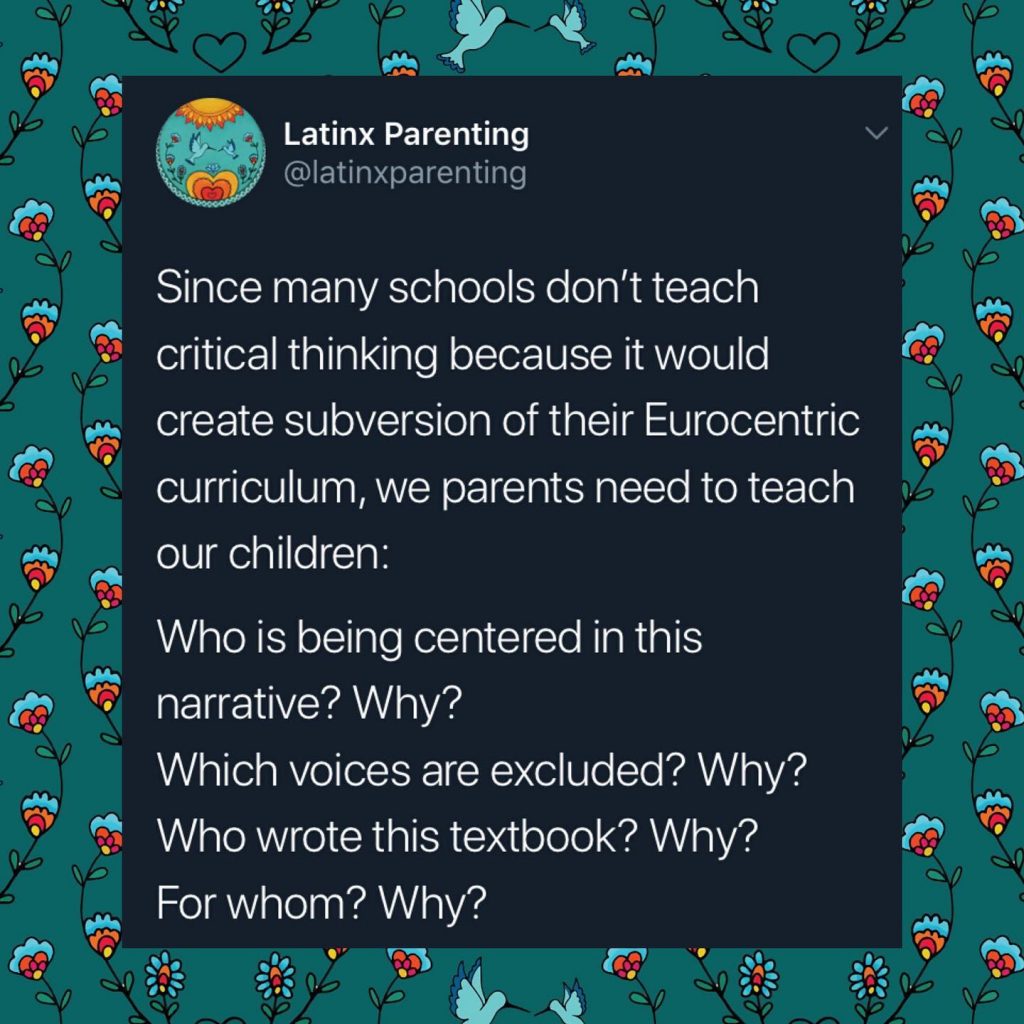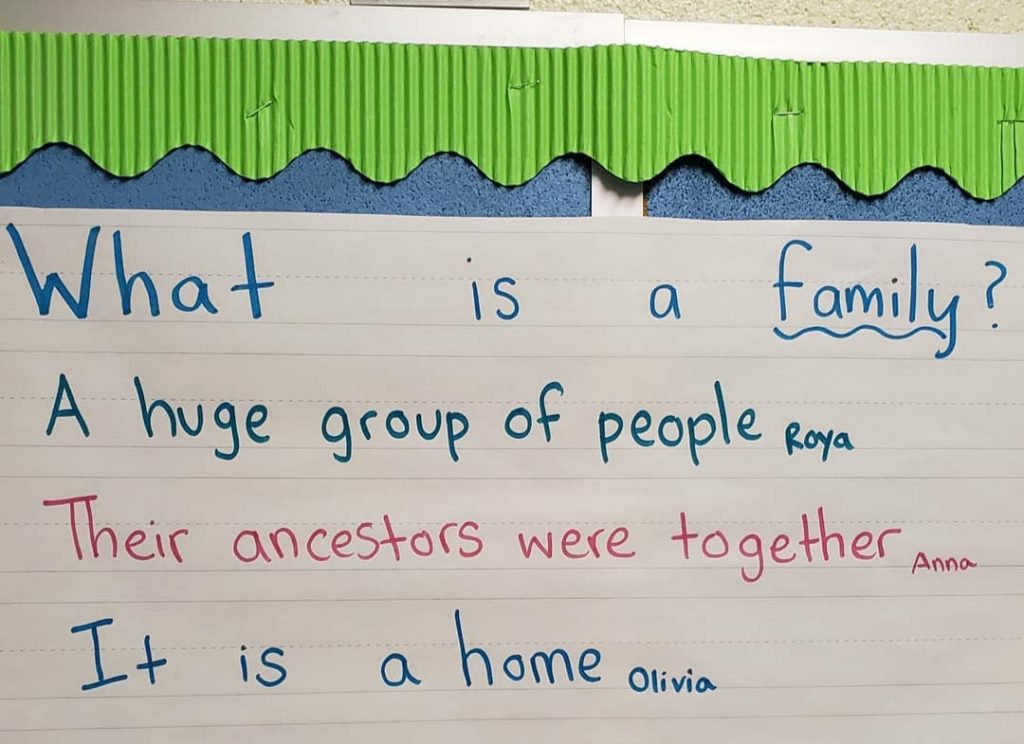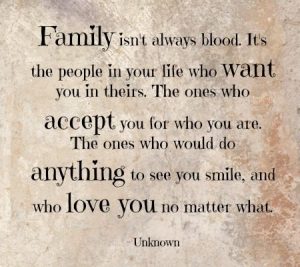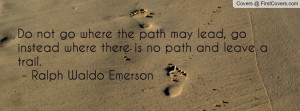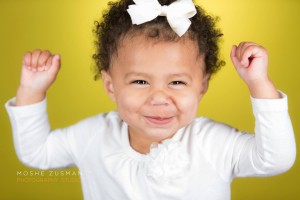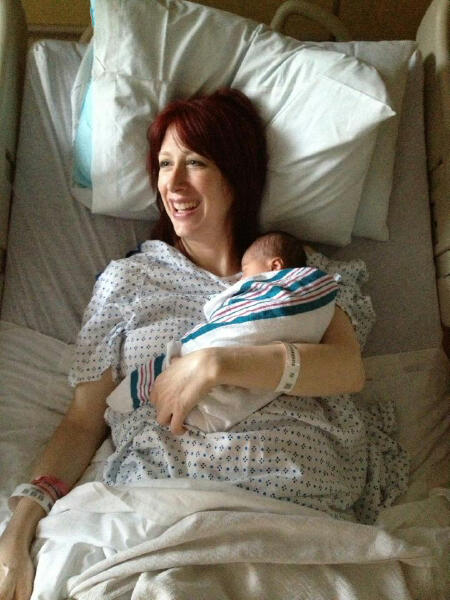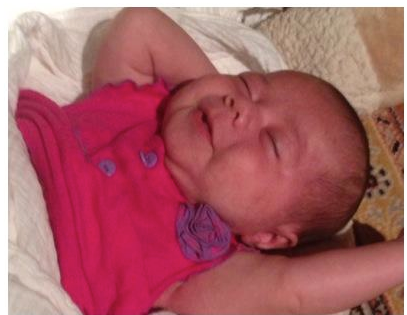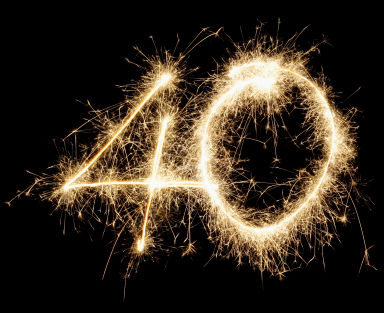How have I approached unpacking some popular children’s books with my daughter? Check this post out for why this is important and some general critical thinking strategies.
Now, let’s get started with The Bad Seed by Jory John.
In this book, a darker-colored, more masculine presenting seed is criticized for being bad. Most of the good seeds in the book are lighter seeds. In the end, the bad seed starts trying to be good, but sometimes it’s still bad.
When Roya came home with this book, I explained to her why that book bothered me.
- First, the seed can be interpreted as a character like a person. If seeds are described as good or bad, that could send a message that a person is either categorically good or bad. (Children shouldn’t be described as bad or good, although their actions or behavior can.)
- Next, we talked about how what one person sees as “good,” another person might see as “bad.” I went really simplistic and used TV for my example. Roya would think watching TV all day is good, but I would think having a child watch TV all day is bad. Then we discussed why we would see the same situation differently. Ideally, analyzing good and bad relies on a willingness to learn about other individuals’ experiences, values, and lenses, and an openness to changing your mind. As Roya has started getting older, I’ve begun to connect all of this to historical and contemporary concepts of power and oppression in age-appropriate, brief ways. (This book made me immediately think of the school-to-prison pipeline and #BLM.)
- I expanded on my points to share that all seeds make bad decisions at times, not just some seeds. I came up with a few stories about things that the lighter seeds in the book could have done that also were bad choices. Most people make some choices that are bad, and some that are good, right?
- Then I talked about how some people can be scared by other individuals’ differences and view those individuals and their choices as bad.
While I was writing this post, Roya asked what I was doing.
Me: Writing about why I’m not a fan of The Bad Seed.
R: But, I love that book!
Me: I know. A lot of kids do. So, think about what the Bad Seed looks like.
R: It’s a dark seed. You’d rather the seed be a peanut or something.
Me: Yes! Now, why would I think having the seed be dark would be a problem?
R: Hmm…It’s like Carmela’s Full of Wishes. They’re books about Black kids that might make people not like Black kids.
Me: Yes, exactly! The Bad Seed might make people think that Black and brown kids are bad, when everyone makes bad decisions sometimes. And Carmela’s Full of Wishes might make people think that all Spanish-speaking families have the same life and jobs as Carmela’s family. If we read things, we might think they are true or true for everyone who looks like the characters in the books. And that could cause people to be treated differently or unfairly, which isn’t good.
I then talked about how this can lead to people making assumptions about BIPOC families and how sometimes BIPOC children, especially boys, are treated differently at schools. Want to read more about why this is important? Google the crib-to-prison or school-to-prison pipeline. Or, explore disciplinary rates by race, gender and ethnicity in your school district. (See number 11 in my post on Doing Diversity Well at Predominantly-White Schools for how to do this.)
I end this conversation with acknowledging that there are always books and shows we enjoy more than others, and that’s okay. But, it’s worth discussing what’s problematic about them, regardless of whether we like them.
What are your family’s thoughts on this book? How have you approached it? Have suggestions for future books for me to blog about? Comment below.
